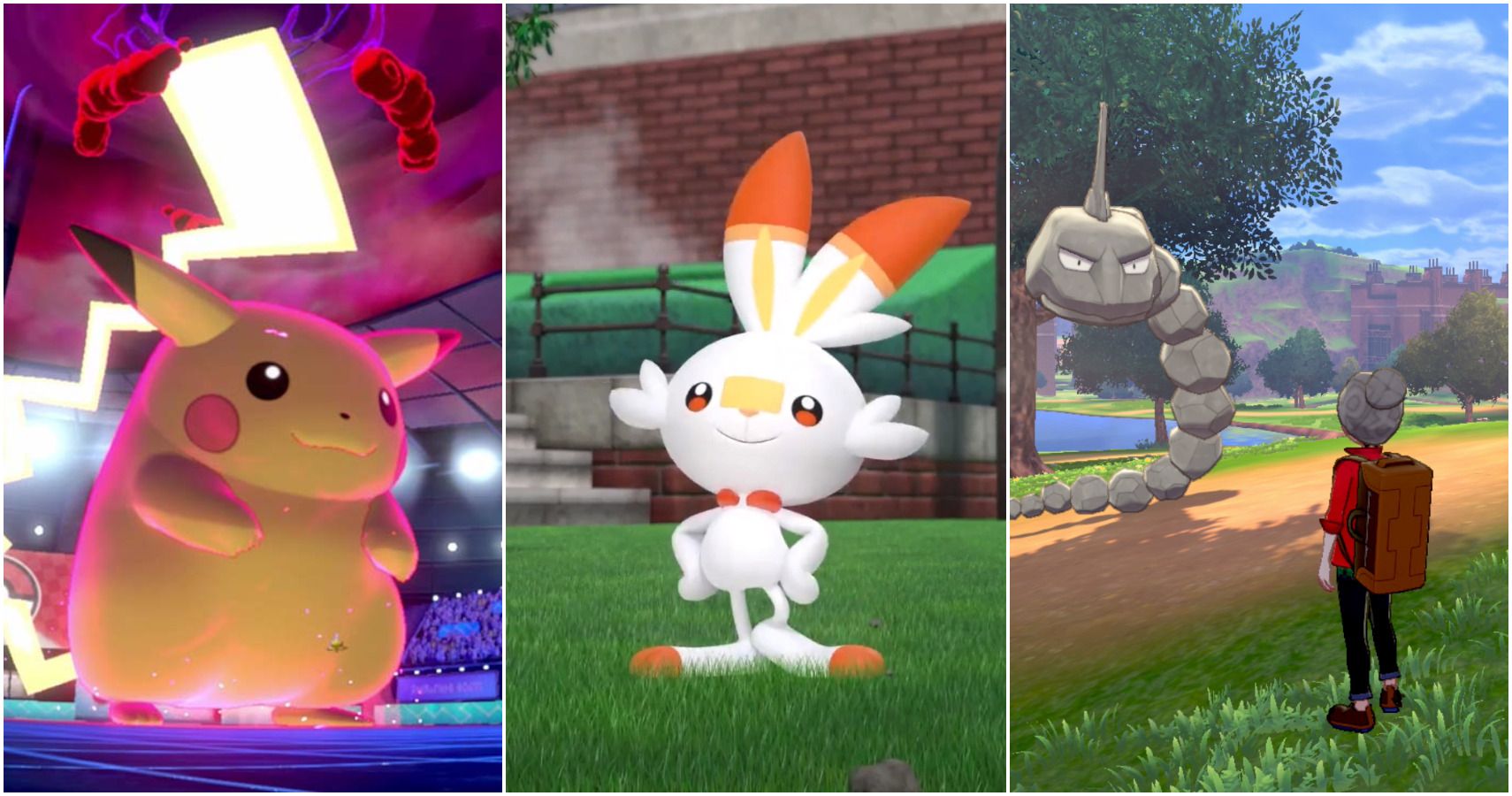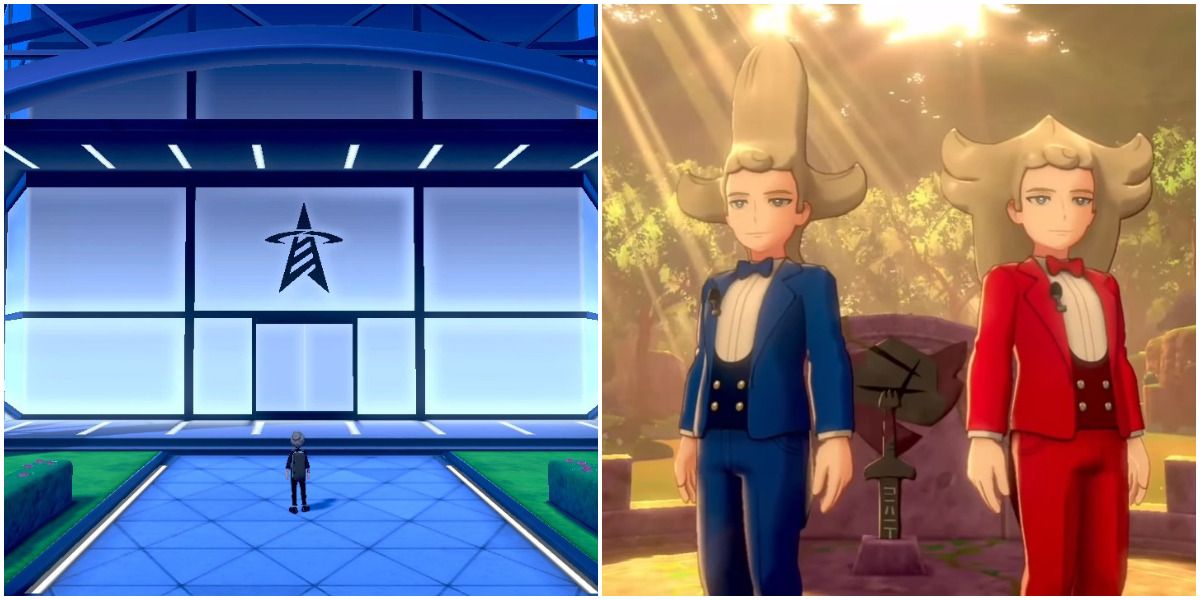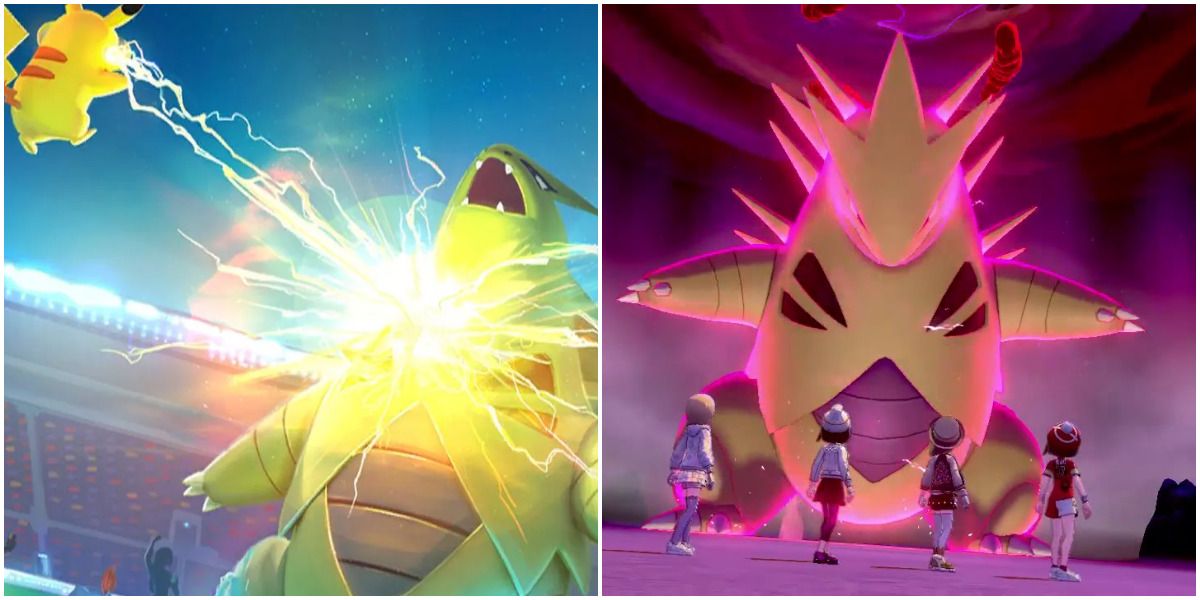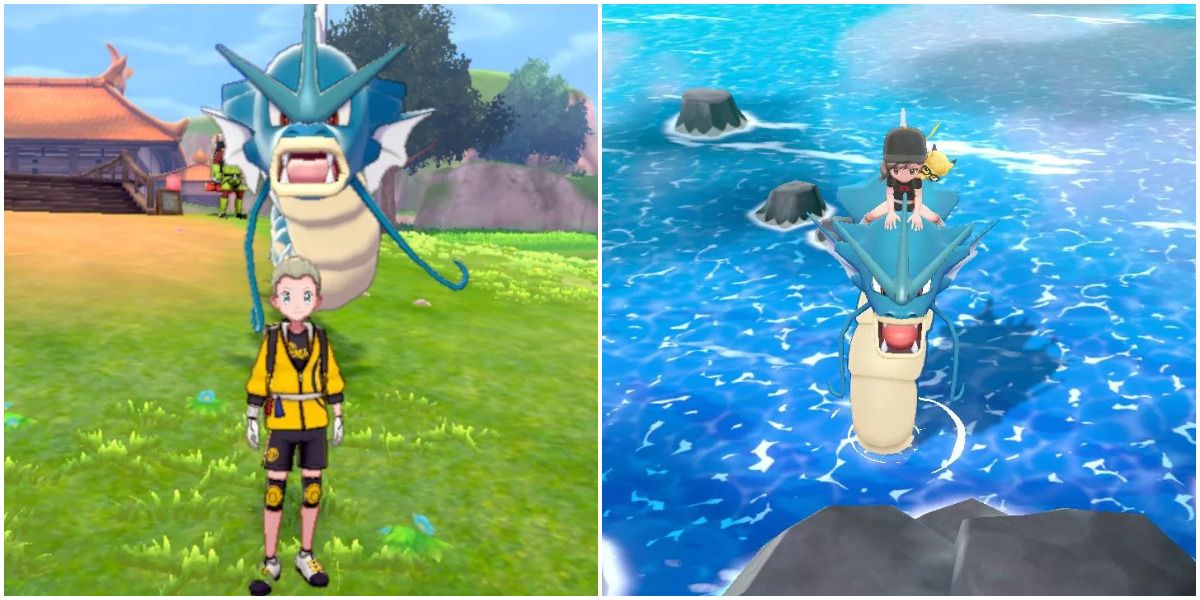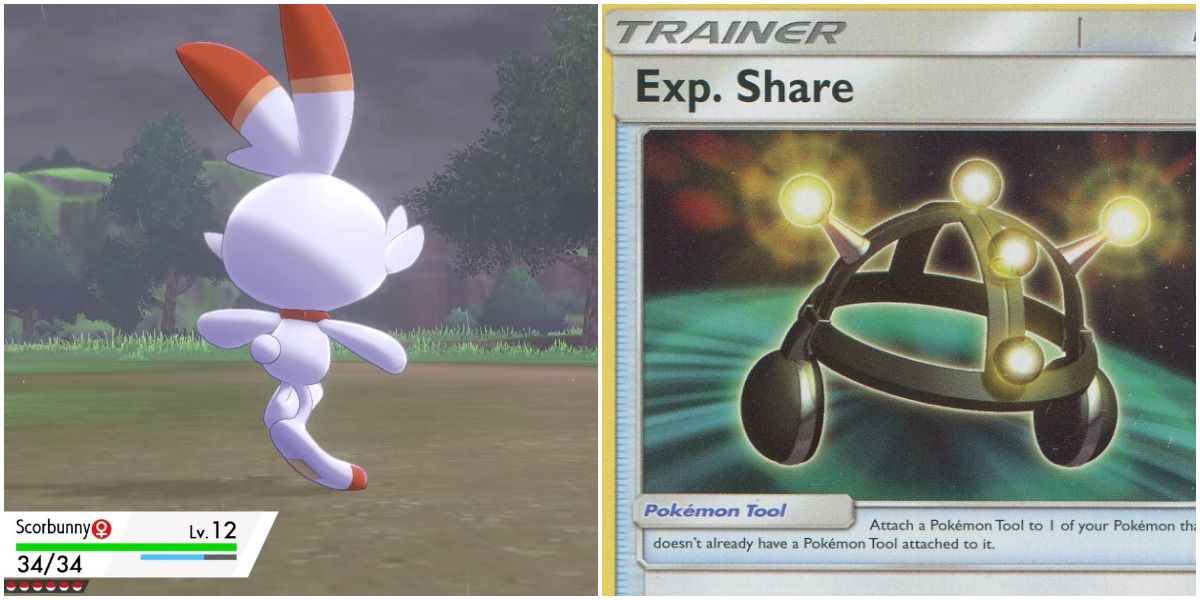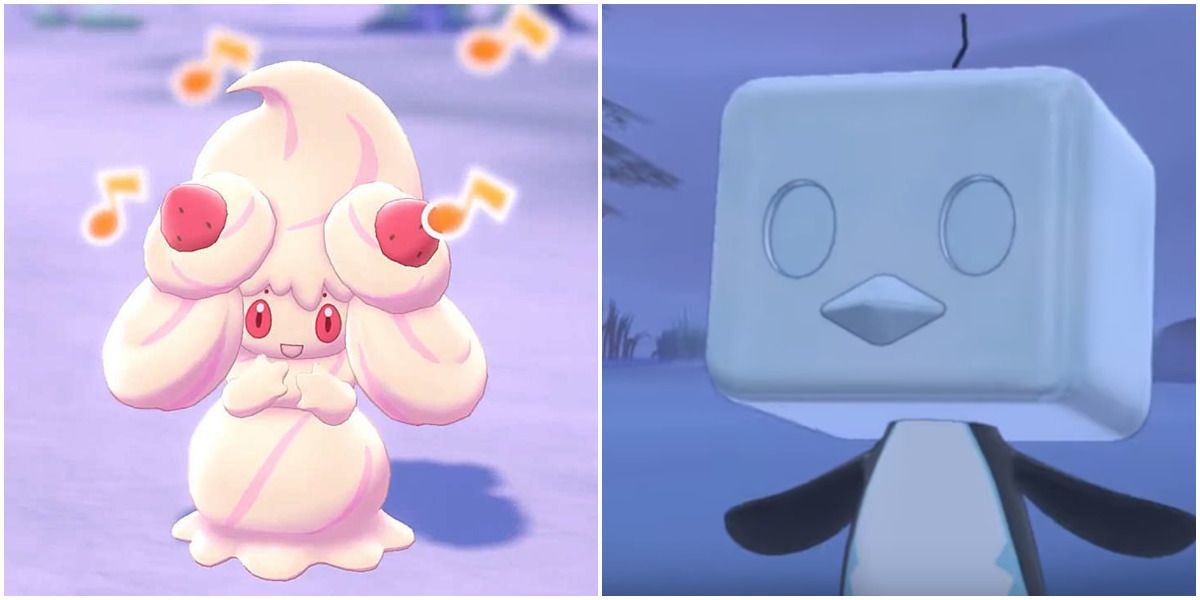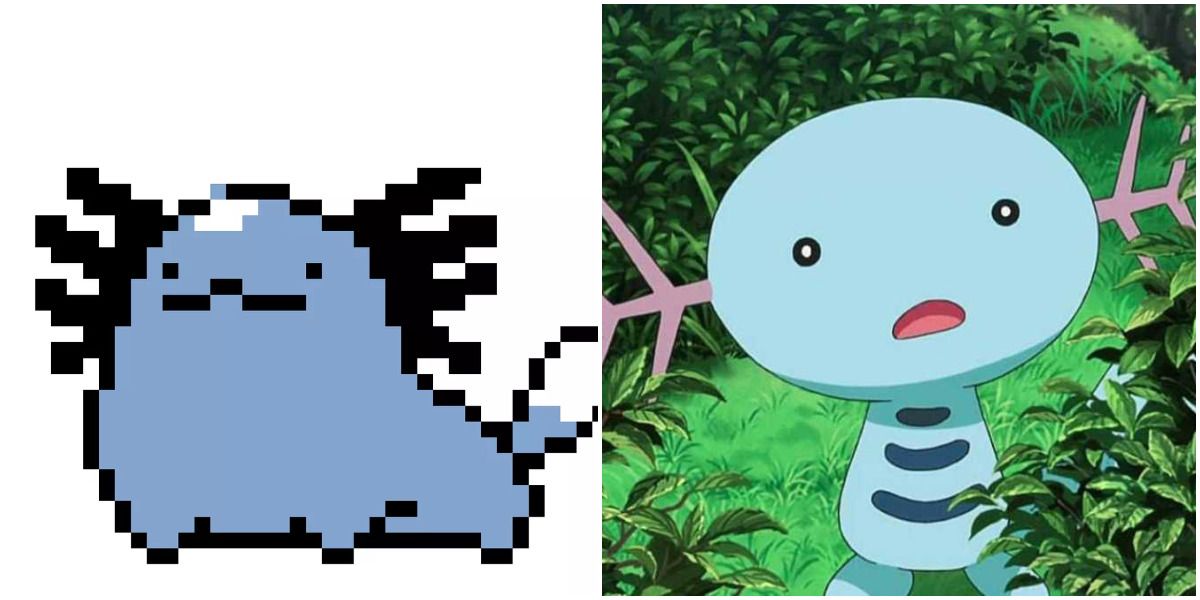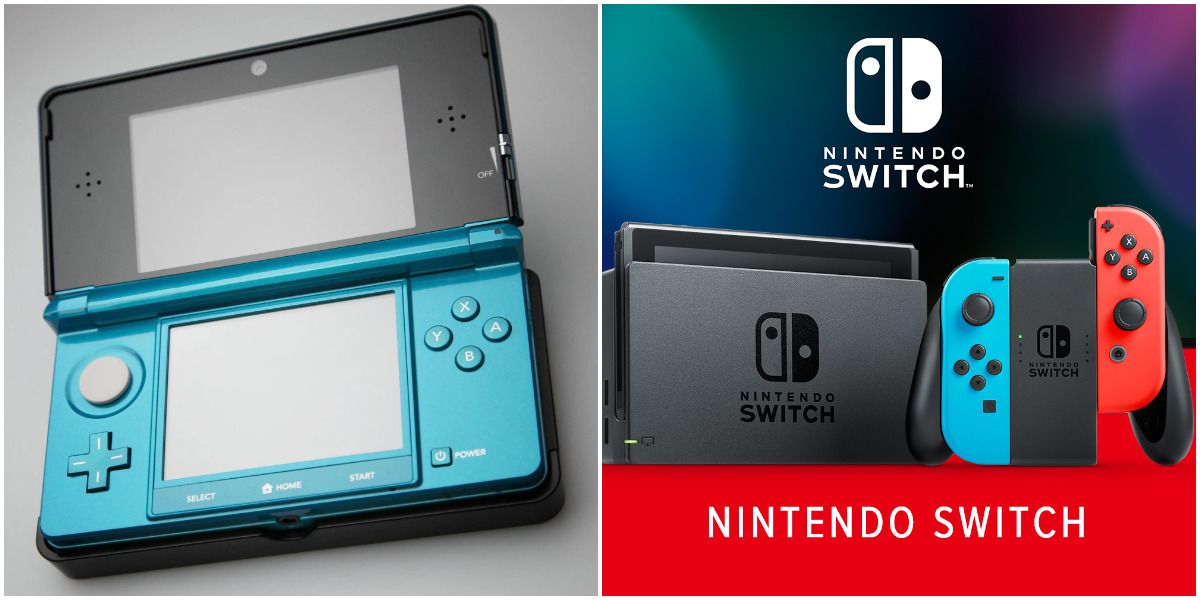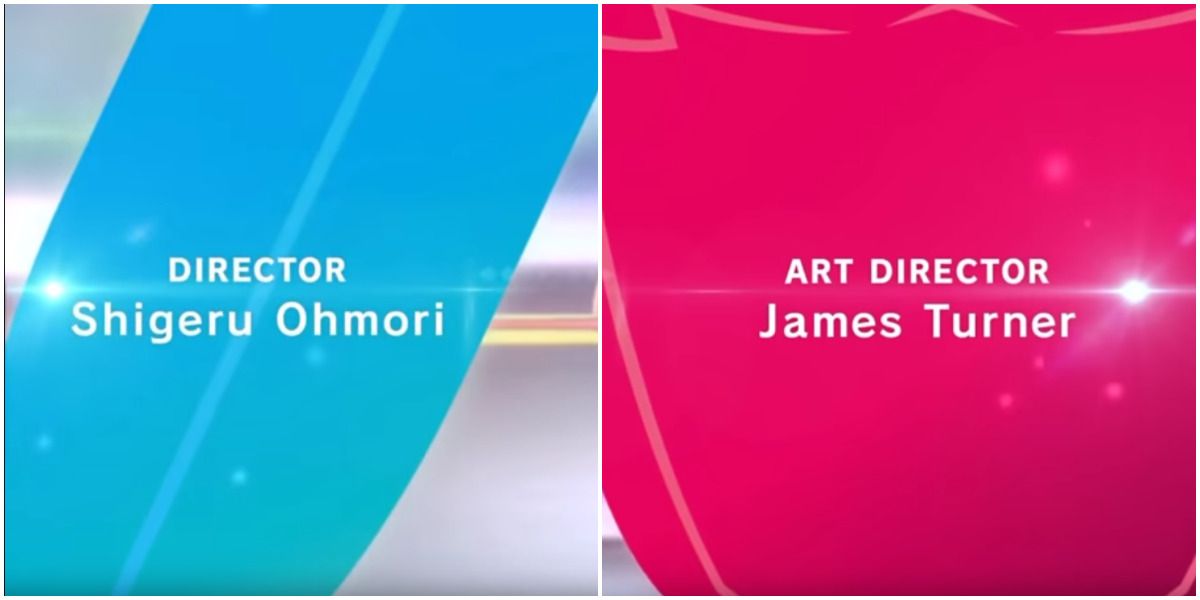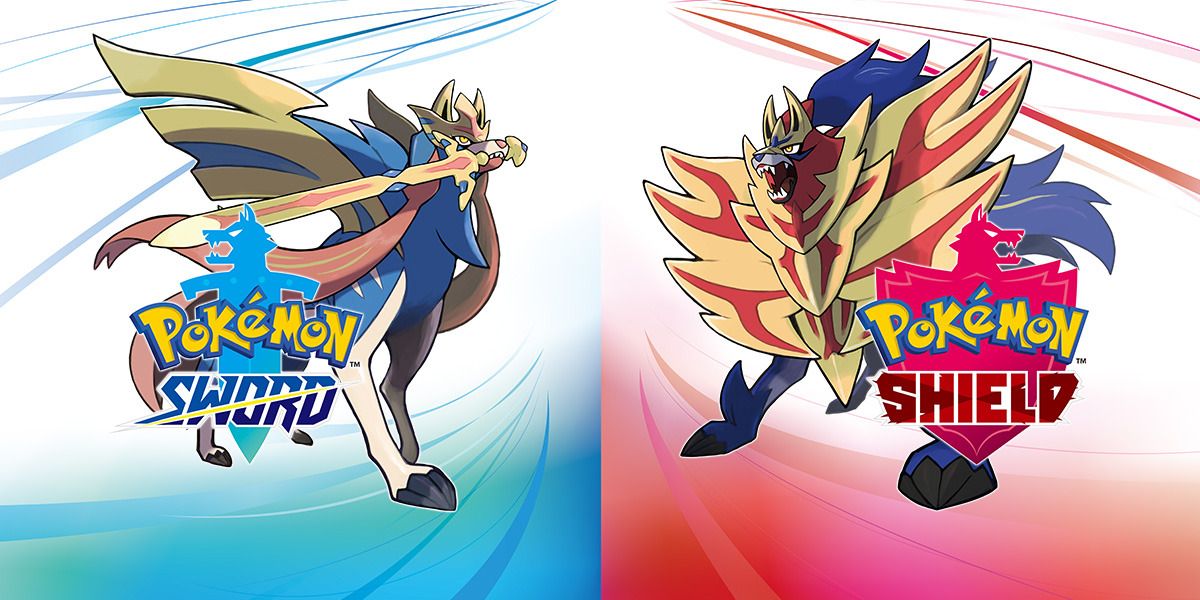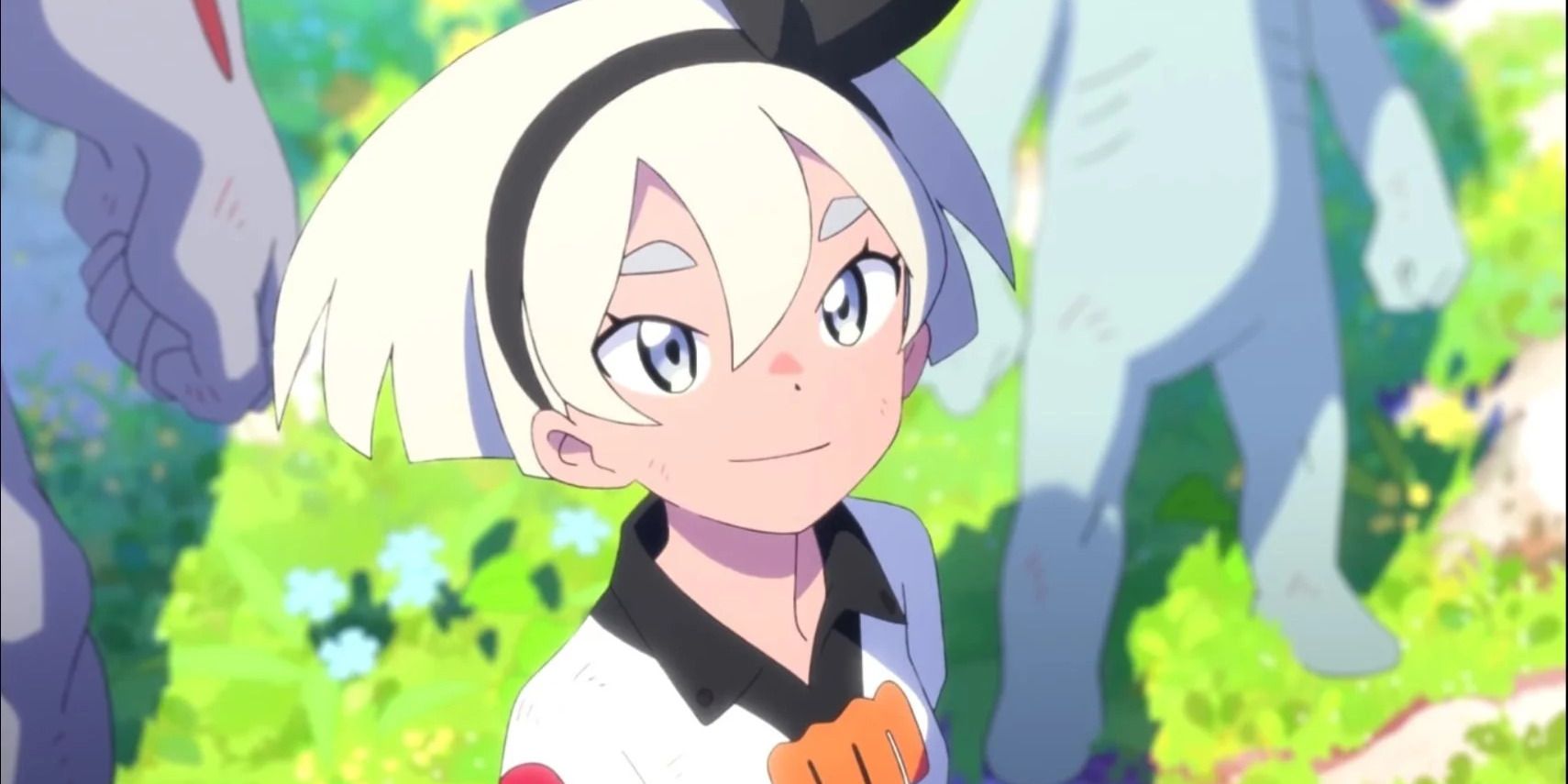Few media franchises are on the level that Pokémon is on. With huge game sales, development for Game Freak's iconic creature collector is far from lacking in terms of budget. However, fans often have questions about what exactly goes into the development of these titles. How does Game Freak come up with new Pokémon designs? What role does Nintendo play? What parts of the game do they consider important? And just how many people does it take to create a mainline game?
Through Sword and Shield's development, Game Freak did a number of interviews leading up to the release of the game that helped elaborate on its development. While these aren't exactly the spiciest of stories, this list contains some fun facts and incredibly interesting bits of trivia about what went into the development of the latest Pokémon title and what makes the franchise tick.
10 Promises Of "A Lot" Of Post-Game Content
In an interview done with director Shigeru Ohmori and producer Junichi Masuda, USGamer asked questions about the content of Sword and Shield. They asked about the announcement of Pokédex cuts that happened during E3 2019 and posed some important questions about game balance.
USGamer asked Ohmori about the end game and single player post-game content, and the response at the time was incredibly vague. Ohmori stated: "We've got a lot of content for players to enjoy after they finish the story." It makes one wonder if there was more post-game planned that couldn't make the base release.
9 Pokémon GO Raids And Max Raid Battles Are Connected
Pokémon GO, the mobile spin-off primarily developed by Niantic, has been a huge success for the franchise. It's not a stretch to say that some of Niantic's game design has served as inspiration for Game Freak. There are a lot of things Pokémon Go does that the main series could serve to learn from.
For example, in the same interview, USGamer asked Ohmori about if there was a connection between Sword and Shield's Max Raid Battles and Go's raids. In response, Ohmori shared that "both features were being developed around the same time." They both stemmed from a similar goal of creating a cooperative Pokémon experience.
8 Sword & Shield And Let's Go Were Developed Simultaneously
Pokémon Let's Go Eevee and Let's Go Pikachu were the first Pokémon titles released on the Nintendo Switch platform. They were never intended to be mainline games, and Game Freak made that much clear when they initially teased Sword and Shield's development. But it's clear some connections are there between the games.
In an interview done by the official Pokémon website, Ohmori confirmed that both titles were developed simultaneously. According to Ohmori, "[T]he two teams collaborated heavily. With Pokémon Let's Go... we were able to create the core systems that form the base for our development on Nintendo Switch." For example, roaming Pokémon weren't originally part of Sword and Shield, but were added after seeing the success of the mechanic in Let's Go.
7 Most Players Used The Exp. Share
One of Sword and Shield's flaws is in its lack of difficulty for older players. The biggest culprit would be the Exp. Share, a mechanic that gives all Pokémon in the party experience points from battles. In the 3DS titles, this could be turned off for added challenge. The mechanic would become a permanent addition in Sword and Shield, this time with no off switch.
In the Pokémon.com interview, Ohmori explains the philosophy behind this change. He stated: "We came to the realization that the vast majority of players played the games with the Exp. Share left on at all times." His idea for the old-school leveling system was to just have one Pokémon in the party to limit Exp. distribution.
6 Pokemon Designs Can Come From Anyone
Many players have likely wondered: where do Pokémon designs come from? Well, Ohmori did answer that question in the Pokemon.com interview. Ohmori explained that there is no process for new designs, and that each designer has a different approach. Some are added for fun, and some are built from the ground-up in terms of game balance.
An interesting note from this answer is that, apparently, any member of Game Freak's studio can submit Pokémon designs. This includes people not in game development positions. While they rarely explain who exactly these designs come from, it would be fun to learn one day just who exactly comes up with a design like Alcremie or Eiscue.
5 Individual Pokémon Take At Least Three Months To Develop
While Game Freak aren't a large studio themselves, there are still plenty of hands on deck for Pokémon development. After all, getting a game like Sword and Shield does take time and effort, even if fans don't see it. This includes creating a fully-fleshed out new Pokémon.
In an interview with Polygon, Masuda and Ohmori both spoke about creating a Pokémon. They were asked about the Twitter challenge to "make a Pokémon in five minutes," and explained that there's obviously more than just a beta design to Pokémon. Ohmori elaborated by saying: "[T]he fastest for coming up with an idea and implementing it completely in the game would be at least three months per character."
4 Pure Home Consoles Were Never An Option
The Switch was fairly revolutionary in bringing a handheld/home console hybrid to the mass market. It's hard to deny just how well the console works in that regard, even if it's underpowered as a result. Game Freak, in the past, stuck mainline games to handheld platforms. Whether it be tradition or convenience, they clearly like the handhelds as the home for the franchise.
However, in a hypothetical world where the Switch isn't a handheld and there's a 3DS2 or something, would Game Freak have brought their newest title to a home console? Masuda answers the question pretty clearly in the Polygon interview: "I think it would probably be safe to say we would have developed on the portable device."
3 The Core Development Team Was Around 200 People
A lot of hands go into the development process of Pokémon titles. As the Pokémon Company is a fairly large corporation, that's not much of a surprise. What is a surprise is just how skinny Game Freak prefers to keep their core development teams. While other huge franchises often have massive teams split across multiple studios, Game Freak avoids that.
In the Polygon interview, Ohmori stated that "[A]t Game Freak, really the core team of people that worked on the game was around 200 people." They still had partners working on designing 3D models, like Creatures, but Game Freak themselves try to stay small. More shockingly, the total number of people who helped with development was "1.5 times the number of people" than usual.
2 The Games Split Later Into Development
Since Red and Blue, Pokémon has never abandoned the tradition of dual releases. However, despite the version differences, the games are usually fairly similar. It begs the question of exactly where in development Game Freak decides to develop both versions separately, if at all.
In an interview with GameInformer, Masuda gave some insight into the process. He stated that as they work on the core mechanics of the game, the two stay as one. They only divide into two separate titles during the process of deciding what Pokémon appear in which game. This happens typically during the latter half of development, according to Masuda. This also leads to playtesting issues when testers prefer one version to another. In this case, Sword was the more popular version.
1 Masuda Is A Bea Fan
Earlier during the cycle of reveals for Sword and Shield, Masuda and Ohmori were asked in an interview with IGN to pick their favorite version. Ohmori selected Shield because he liked Zamazenta, the main legendary for the game. Masuda gave a more interesting answer.
Masuda, in response to the question, selected Pokémon Sword. Why? Well, because "he want[s] to encounter the gym leader Bea." Apparently, like many other fans of the series, Masuda is a fan of Bea, the fighting-type gym leader. Masuda also selected Scorbunny as his starter of choice, which shows that if nothing else, Masuda has good taste.

